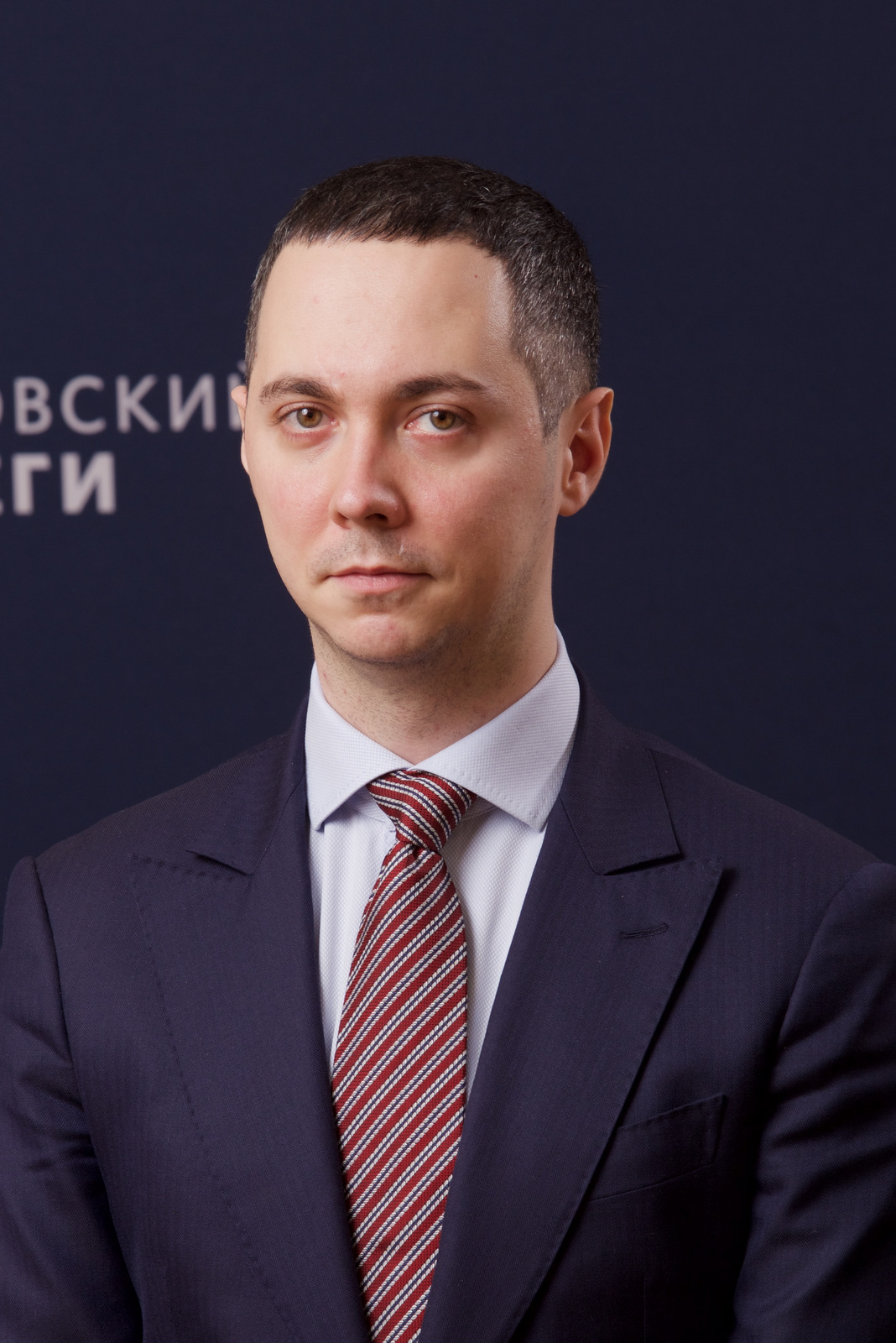Plenary Panel 3: The Asian Century
Discussion Points:
- Can we dispute the existence of the Asian Century?
- Who are the most important actors when we are speaking about Asian Century?
- What are the main characteristics of the Asian Century?
- What are potential stepping-stones for Asian countries going forward?
Background:
After turbulent 20th century that was defined by big conflicts and prominent role of the Asian Countries in them, the new millennia and the new century changed the perspective and the position of Asian countries in international relations. Technological advancements, economical development, adjustment of ideological background, regional cooperation, are some of the factors that created opportunity for Asian countries to position themselves as prominent actors in the global order. Regional cooperation embodied in the in the international organizations (ASEAN, EAS e.g.) included more Asian countries and made them part of the further development of the Asian Century.
It could be debated that we are not in a unipolar world with one dominant global superpower. China positioned itself as a leader that is expanding it’s influence using economical and political tools, creating links in strategically important areas all over the world, creating the image of ‘’good giant’’ that is helping underdeveloped areas. The Belt and Road initiative showed the whole world where China sees itself in the global order in the years to come. The results of the initiative should bring the China right in front of the EU’s door, but also will strengthen the ties with Russia and position that China already has on a part of the African territories. With the undoubted raise of its soft power, China keeps developing its military budget and has strong stance on disputes regarding sea territories. Close ties with other nuclear powers position China as a potential neck-to-neck competitor with the biggest military superpower in the international relations right now. Expanding influence didn’t bypass the EU and the USA. Close economic ties and insertion of China’s capital, gave China leverage and ability to expand its influence.
the Asian Century is not only about China. Economic potential, rise of population, heritage and international relations approach place India as one of the leading Asian countries. Having the fourth largest economy in the world, the population that is rising in numbers and the regional approach with cooperation in number of initiatives (BRICS e.g.) position India as a one of the dominant figures in the Asian and global relations.
Korean Peninsula has been one of the most turbulent regions in the past century and also the home of one of the most autocratic governments in the world. Recent developments and potential opening of the North Korea to the world and to the southern neighbor put a looking glass on the area and the wider Asian region itself. Denuclearization, human rights and economic relations will be in focus of the future development of relations in this region. Interest of the USA in the Korean peninsula is additional factor. There are old and traditional connections between South Korea and USA, but the new USA administration is taking steps in order to positions itself as a mediator between North Korea and the international community. The interests of North Korea are still closely tied to China and Russia, and the inclusion of the USA will be one of potential stepping-stones for further development.
Japan is a technological giant, one of the world leaders in the field of economy with close security ties to USA and maritime disputes with China. Those factors position Japan as a pivotal country in the relations between relevant actors in the Asian and international relations. Unlike other Asian countries, Japan has an internal problem with aging population and it is putting additional efforts in creating new ways to resolve this difficulty.
There are stepping-stones in the path of Asia and Asian countries to the dominant role in the international relations and one can be skeptical about the existence and the future of the Asian Century. Is there a way to resolve internal disputes regarding territories that are leaving space for potential internal conflicts? How could internal difficulties, the issue of nuclear weapons, democratic values and human rights be answered in order for the international community to perceive the leading Asian countries as true global leaders.
Selected Readings:
Rong Ying, January 25. 2018 ‘’The “Modi Doctrine” and the Future of China-India Relations’’
Stephen Collinson, June 13, 2018 ‘’Lingering questions from the Trump-Kim summit’’
Previous BSF Sessions on Similar Topics:
2016 – Session 6: Europe and the New Silk Road: Opportunities at Home and Beyond
2014 – Plenary Panel 1: Opening the New Strategic Debate Between Transatlantic and Eurasian Agendas
2012 – Thematic Discussion 2: China’s New Role in a World in Crisis







